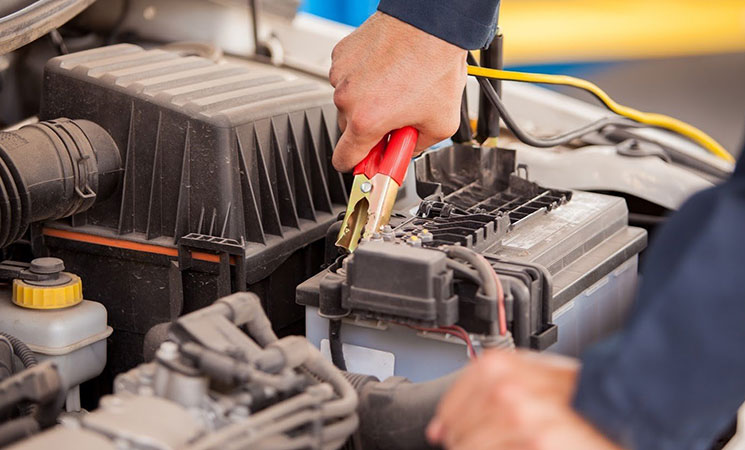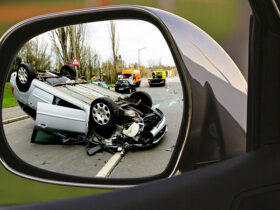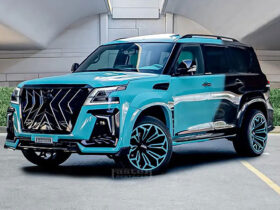Whatever car you drive, whether a Volvo, Volkswagen, or Audi, the battery jump-starting procedure is the same. Dealing with a dead battery can be daunting for anyone, but with the help of jump-starting, you can charge your battery.
But before jump-starting the battery, it is essential to follow some of the following tips to maintain safety.
Position the Vehicles
Jumping your European auto should be your last resort if all other coopting efforts have failed. So, in a dead engine, you can try flagging someone down to see if they will help you boost the charge.
Assuming that the person agrees with the idea, you want to have them park their car right in front of yours so that the engines of the vehicles are facing each other. Ensure every car engages its parking brake and thus has the vehicles in position. What you are going to do is tie the cars so that they don’t move. If you have difficulty understanding, it is advisable to consult a European auto repair mechanic .
Locate the Batteries
When you have them in the right place, lift the hoods and look for the battery in all engines. Peel back the battery’s covering if anything is there. Make sure there are no corroded power terminals in every battery. If there are, clean the dirty terminals using battery terminals before attempting to jump-start the dead battery. Disconnecting the battery cables only during cleaning and reconnecting them afterward is advised.
Safety First
Your safety should be the first thing you consider when trying to boost your European auto battery. Park the vehicles at an auto park, in a flat area, in a safe place, and away from traffic. Press the clutch with the parked cars and turn off the engines on both. Leave the keys aside, and turn off all lights and accessories to steer clear of unwanted electrical accidents.
Identify the Battery Terminals
Due to their different positions, European cars have a few distinct terminals to find for batteries. Battery terminals can usually be found by consulting your vehicle’s manual. Ordinarily, the plus sign (+) signifies the positive terminal, which may be red in color, while the negative terminal, signified by a minus sign (-), is black. For the terminals’ protection, ascertain none corrodes or suffers from any damage.
Connect the Cables
Take the jumper cables and lay them out so that they reach the batteries from both engines. Both the positive and negative poles must be connected to the relevant engine. First, make the positive clamping to the car’s positive terminal with the dead battery.
Now, fix the power source’s red terminal to the dead battery’s positive post, repeating with the negative terminals. Note that if the negative clamp of your European car is painted unpainted metal, connect the terminal there, not on the battery.
Start the Automobiles
Start the automobiles in this order: cold weather affects your chances of carrying the good old car with the excellent battery first and the European car with the dead battery second. Instead, keep the engine warm for several minutes. Do not let a European vehicle leave the shop. Don’t turn it off, for the battery may leak again.
Disconnect the Jumper Cables
Once your European auto battery is jump-started, properly disconnect the jumper cables in the opposite order to how they were interconnected. First, disconnect the black (negative) lead from the metallic surface of the car through cables using the cables you initially connected the battery under.
After that, pull out the red wire (positive) from the donor car while leaving it connected to your vehicle. But be always careful. Do not join the ends of the metal cabler or touch any parts of the car with the object.
Rev the Engine
If your European car’s jumpstarting doesn’t start promptly, go ahead and gently rev the donor vehicle engine. This could even give the dead battery another power injection, increasing the probability of a successful jump-start.
Avoid Continuous Attempts
Avoid continuous attempts if a European car doesn’t start with a few attempts. Trying to reignite a sluggish battery now and then just for the sake of it is likely a bad idea because it can physically ruin your truck’s entire electrical system or even the battery itself. When you are unsuccessful in starting the car after a few tries and this time, it may be essential for you to change the battery or find professional help for your vehicle.
Maintain Regular Battery Maintenance
The next step to avoid such a battery problem is to ensure regular battery maintenance. Such measures can include ensuring that the terminals are not dusty or corroded, testing the fluid level of a battery (in case it is available), and checking the battery voltage periodically.
In addition, you can park your European-made car in a garage or use a battery tender regularly while the vehicle is idle for a long time to prevent the battery from discharging.










